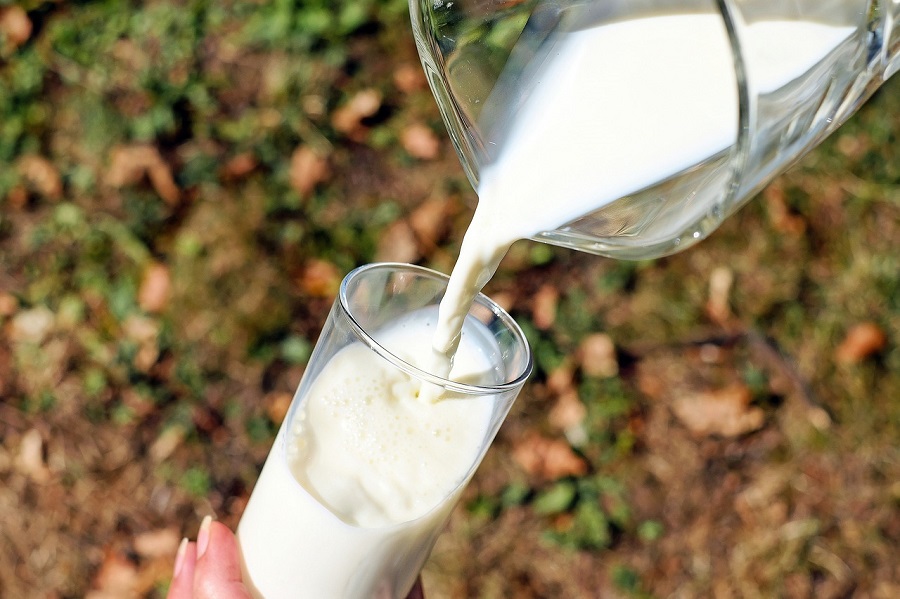nLCA: the environmental impact of meat and dairy is half of what is calculated so far

Assessing the environmental impact of food is not easy. Life Cycle Assessment (LCA) has long been used to identify environmental ‘hotspots’ in food systems. However, food has many elements to consider, and a simple LCA for the product is not enough. This is well-understood by many experts, who look into developing new metrics to overcome limitations and calculate impacts as accurately as possible. To evaluate the sustainability of agri-food systems, a more reliable assessment of the environmental impact of food is needed, which also takes into account the nutritional quality and value of food.
Comparing different foods, such as meat and lettuce, gives false results because their nutritional value is too distinct to make them directly comparable. For this reason, the environmental impact of food should not be calculated solely based on quantity, calories or the contribution of a single nutrient; it must consider all the nutrients required by the human body as a whole.
In this context, a new metric, the Nutritional LCA (nLCA), has been developed. This is a further development of the LCA study in which the impact of food is not simply related to its mass, and therefore 1kg of product, but to its overall nutritional characteristics. It focuses on both environmental parameters and nutritional factors, providing an integrated view of food’s impact on the environment and human health. For example, based on these new and more accurate calculations, the environmental impact of high-quality animal-based foods such as meat is half what was previously calculated.
This is the conclusion of a recent study based on protein quality, which found that the environmental impact of meat and dairy products was almost halved, while that of plant-based products increased by almost 60%. In light of these findings, the production of food of animal origin has a much lower environmental impact than previously thought, thanks to the higher quality of animal protein, which means less food is needed to meet demand and, therefore, less impact on the environment.
Another study published in Scientific Reports by Italian researchers also compared the environmental impact of 15 plant and animal foods, including beans, cauliflower, beef, fish, corn, milk, peas, potatoes, quinoa and rice. When considering the amount of food needed to provide all the essential amino acids for a 70 kg human, beef has a better environmental performance than other products. On the contrary, some plant-based products have a higher environmental impact because they lack essential amino acids, leading to a significant increase in food needed to obtain the full amino acid pool.
The results show a new perspective and the need to consider protein quality in the nLCA and the digestibility and bioavailability of all bioactive compounds and micronutrients for a more reliable assessment. According to the experts, nutrient density and health effects, such as disease burden, should be considered together for a more accurate approach. The findings that animal-based products, particularly those rich in high-quality protein, have a lower environmental impact than previously estimated challenge existing assumptions. As we move towards global sustainability goals, it is essential that agriculture and food systems policies which are particularly strict on foods of animal origin, integrate these more refined metrics to ensure that both environmental and human health aspects are given equal consideration.